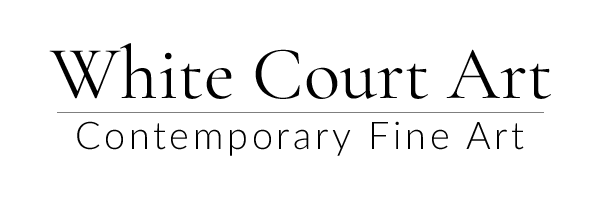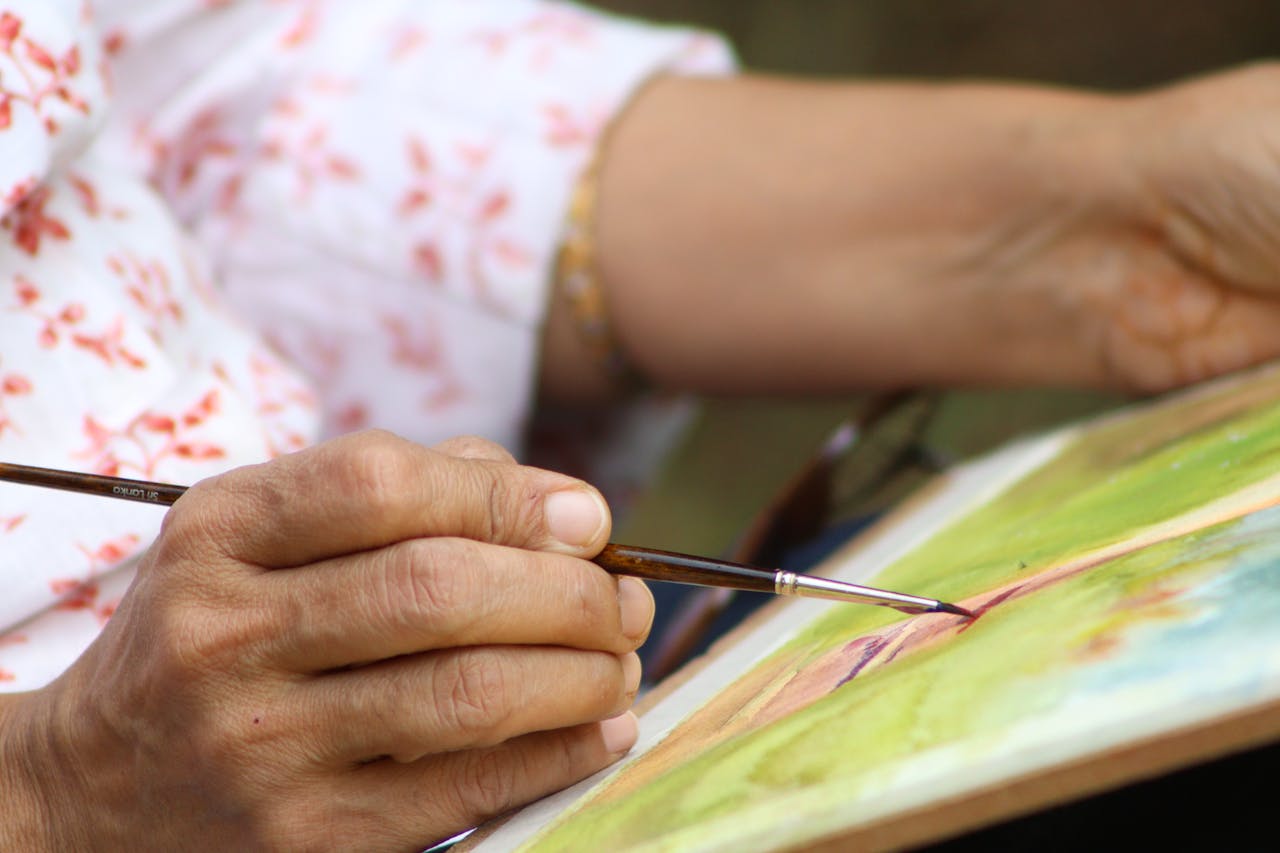British art continues to evolve, reflecting the pulse of the times through vibrant trends and fresh perspectives. As we move through 2025, artists are exploring new horizons, blending traditional skills with cutting-edge technology and ideas. This exciting mix highlights how British art remains a dynamic force, always adapting and innovating.
Artists are increasingly engaging with the world around them, drawing inspiration from pressing global issues such as climate change and cultural diversity. These themes resonate deeply in their work, fostering a connection with audiences who see their own concerns and hopes reflected on canvas or screen.
With new tools and platforms emerging, the way artists create and share their work is also shifting. Digital innovation and interactive art bring viewers closer to the creative process, transforming passive observation into an immersive experience. As these trends continue to shape the artistic landscape, British art stands open to countless possibilities, inviting exploration and dialogue.
Embracing Technology in Art
Technology is reshaping the way British artists create and share their work. Digital tools like tablets and graphic design software allow artists to experiment with new styles and techniques. Virtual reality (VR) takes this a step further, creating immersive worlds that artists can both explore and alter. Artists are using VR to craft experiences that transport audiences into three-dimensional spaces, offering a fresh perspective on art.
Digital platforms have opened up new avenues for sharing artwork. Social media sites like Instagram and TikTok provide a stage for artists to showcase their creations to a global audience. These platforms enable interaction, helping artists connect with fans and other creators. Online galleries and virtual exhibitions also allow people to explore art without leaving their homes. Websites dedicated to art sharing provide a virtual canvas, bringing communities together to appreciate and discuss art.
Artists are also using technology to collaborate. Platforms like Discord and Clubhouse foster creative exchanges, allowing artists to brainstorm and critique each other’s work in real-time. Technology blurs the lines between creator and viewer, turning art into a shared experience. As these tools become more advanced, they offer countless possibilities for artistic innovation.
Themes of Sustainability and Nature
In recent years, sustainability and nature have become prominent themes in British art. Artists are increasingly aware of their impact on the planet and are choosing eco-friendly materials for their creations. This shift reflects a broader commitment to environmental responsibility.
Environmentally conscious artists are turning to recycled materials and non-toxic paints to reduce their ecological footprint. Many seek sustainable alternatives, such as bamboo brushes or plant-based dyes. These choices not only support the environment but also add unique textures and colours to their work, enhancing its aesthetic appeal.
The focus on nature extends beyond materials. Many artists draw inspiration from the natural world, using their art to highlight environmental issues. Paintings, sculptures, and installations explore themes of conservation, biodiversity, and climate change. Some pieces serve as calls to action, urging viewers to consider their relationship with the environment.
Artworks featuring lush landscapes or endangered species aim to inspire a sense of wonder and responsibility. By integrating sustainability into their practice, artists are playing a vital role in raising awareness about pressing environmental challenges. Through their work, they encourage audiences to reconnect with nature and consider how they can make a difference in preserving our planet.
Cultural Diversity and Identity
Cultural diversity plays a significant role in shaping British art. Artists are drawing from their personal backgrounds and global influences to express unique cultural narratives. This reflection of diversity brings a rich tapestry of stories and concepts into the art world, offering viewers a chance to explore different perspectives.
Artists often incorporate traditional motifs and contemporary styles to create visual works that speak to their heritage. By weaving cultural symbols and themes into their art, they highlight the beauty and complexity of multiculturalism. This blending is evident in works that combine classic elements with modern techniques, showcasing the dynamic interplay between past and present.
Multiculturalism has broadened artistic horizons, promoting creativity and innovation. Whether through vibrant colours, intricate patterns, or diverse themes, the influence of various cultures can be seen across many contemporary art styles. This cultural fusion fosters dialogue and understanding among diverse audiences, bringing people together through shared human experiences.
Art showcases the myriad identities that make up British society, creating a platform for expressing personal journeys and communal stories. By exploring cultural diversity, artists foster a deeper appreciation for the rich cultural landscape that defines modern Britain.
The Rise of Interactive and Immersive Art
Interactive and immersive art is gaining prominence in the British art scene. Artists are exploring ways to engage their audience through dynamic and participatory experiences. This shift highlights a desire to break traditional boundaries, inviting viewers to become active participants in the art-making process.
Installations often encourage touch, movement, and exploration, creating a multisensory experience. These engaging pieces often rely on technology, incorporating elements like light, sound, and motion to capture attention. Public art projects extend this interactivity to larger audiences, transforming spaces into sites of engagement and interaction.
Artists use immersive techniques to tell stories, evoke emotions, or highlight social issues. By stepping inside these installations, viewers gain a deeper understanding of the themes being explored. This approach helps audiences connect more deeply with the artwork, inviting reflection and conversation.
Interactive art transforms spectators into storytellers, allowing them to shape their own experiences. As interactive and immersive projects gain popularity, they redefine how art is perceived and experienced, highlighting the evolving relationship between the creators and their audiences.
Conclusion
British art in 2025 is a dynamic reflection of the changing world. Artists embrace technology, explore the beauty of nature, celebrate cultural diversity, and invite audiences into immersive experiences. These trends not only push creative boundaries but also foster a deeper connection with those who engage with the art. The evolution of British art showcases a commitment to innovation and an openness to diverse influences, ensuring that artistic expression remains relevant and impactful.
As the art landscape continues to evolve, there is an opportunity to explore these trends more deeply. For collectors and enthusiasts, understanding these shifts can enhance appreciation for both the creative process and the finished pieces. Modern British art offers a wealth of inspiration and insight, reflecting both individual and collective narratives.
Discover the vibrant world of modern and contemporary British art at White Court Art Gallery. Our collection highlights these exciting trends, showcasing the work of talented artists who are shaping the future of art. Visit our gallery online to explore unique pieces and find the perfect addition to your collection, celebrating the ever-evolving landscape of British art.

